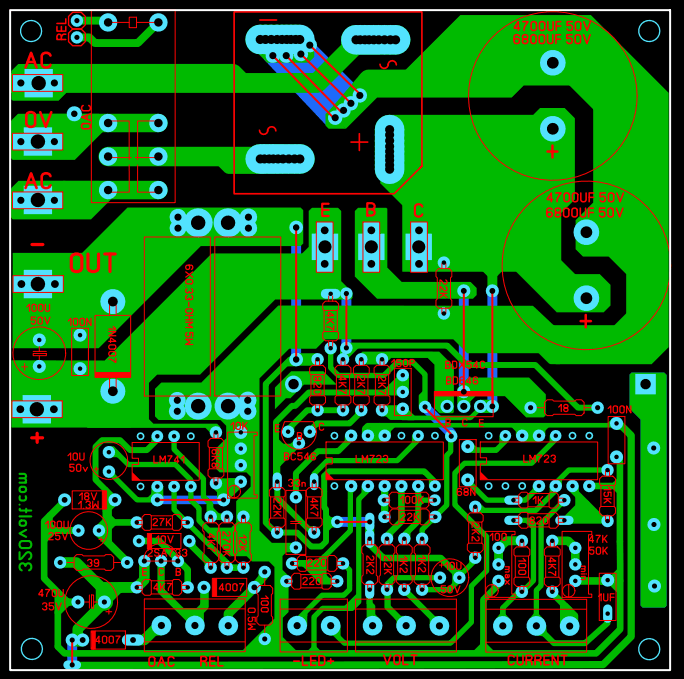Hello,
Tried the 0-30v 0-10a power supply circuit works fine, sprint layout drawings on PCB and gerber files. velleman k7200 new printed circuit board control card Single layer PCB 91.6X72.2mm
This laboratory power supply will undoubtedly be a valuable device for both a professional electronics engineer and an amateur.
PARAMETERS:
- continuously adjustable output voltage from 0 to 30V;
- output current limitation adjustable from 0 to 10A;
- current limited signaling by means of a LED diode;
- output current: 8A continuous, 10A peak;
- maximum ripple 0.5mVsk;
- short circuit protection;
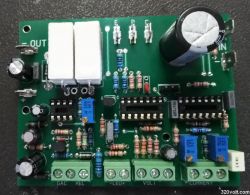
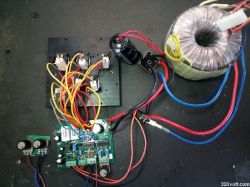
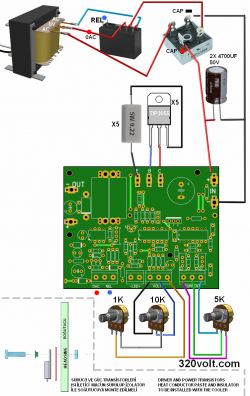
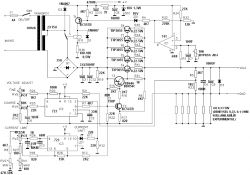
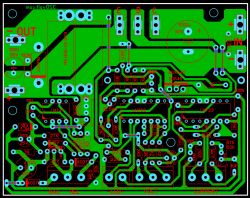
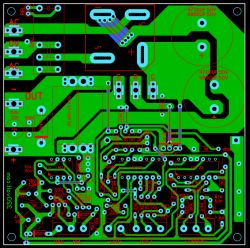
Download: https://bit.ly/3j7xTvY
Tried the 0-30v 0-10a power supply circuit works fine, sprint layout drawings on PCB and gerber files. velleman k7200 new printed circuit board control card Single layer PCB 91.6X72.2mm
This laboratory power supply will undoubtedly be a valuable device for both a professional electronics engineer and an amateur.
PARAMETERS:
- continuously adjustable output voltage from 0 to 30V;
- output current limitation adjustable from 0 to 10A;
- current limited signaling by means of a LED diode;
- output current: 8A continuous, 10A peak;
- maximum ripple 0.5mVsk;
- short circuit protection;






Download: https://bit.ly/3j7xTvY
Cool? Ranking DIY






